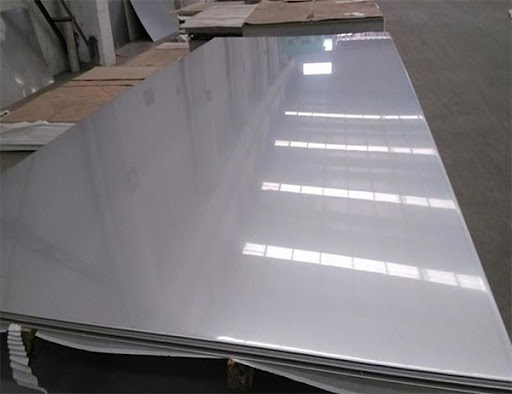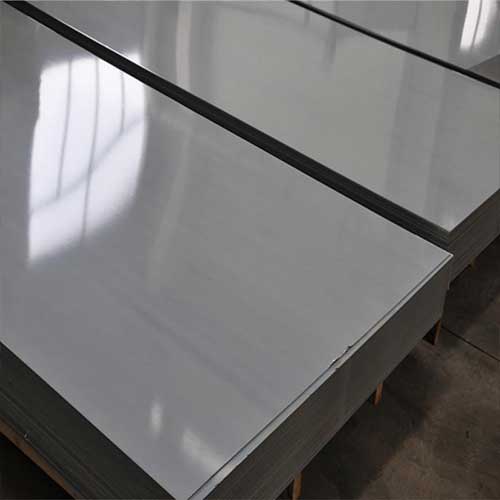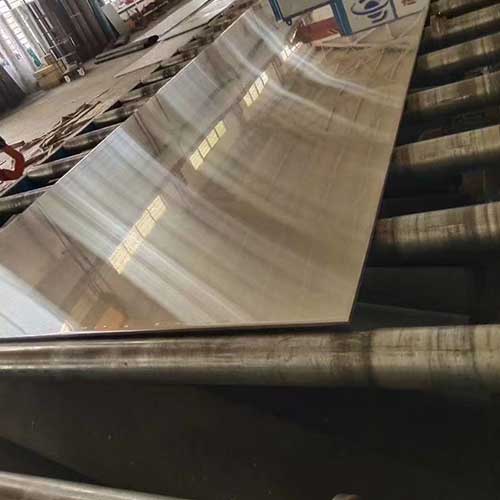Welcome to My Blog!
Before we dive into the content, I’d love for you to join me on my social media platforms where I share more insights, engage with the community, and post updates. Here’s how you can connect with me:
Facebook:https://www.facebook.com/profile.php?id=61565500692293
Now, let’s get started on our journey together. I hope you find the content here insightful, engaging, and valuable.
Table of Contents
Introduction

Stainless steel plates are an essential material in many industries, offering exceptional strength, durability, and corrosion resistance. Whether used in construction, manufacturing, or kitchenware, stainless steel plates provide unmatched versatility and performance. Selecting the right stainless steel plate for your specific application is crucial to ensuring quality, longevity, and efficiency.
This guide dives deep into everything you need to know about stainless steel plates. From their properties and classifications to practical tips for selecting the best one, you’ll learn how to make the most informed choice.
What Is a Stainless Steel Plate?
A stainless steel plate is a flat, rectangular sheet of stainless steel, typically thicker than stainless steel sheets. It is designed for structural and industrial applications where strength and durability are required.
Stainless steel plates are made from an alloy containing iron, chromium, nickel, and other elements. The addition of chromium provides the corrosion resistance that makes stainless steel a preferred material in demanding environments.
Key Features of Stainless Steel Plates:
- High resistance to corrosion and oxidation
- Excellent strength and durability
- Aesthetic appearance for decorative purposes
- Easy to clean and maintain
- Compatibility with various fabrication processes such as welding, cutting, and machining
Types of Stainless Steel Plates
Stainless steel plates come in different grades, finishes, and sizes, making them suitable for a wide range of applications. Below are the most common types:
Austenitic Stainless Steel Plates
These plates are the most common and versatile type, known for their excellent corrosion resistance and formability. They are primarily made with chromium and nickel.
- Grades: 304, 316, 310
- Uses: Food processing, marine applications, and medical equipment
Ferritic Stainless Steel Plates
Ferritic plates are magnetic and offer moderate corrosion resistance. They are cost-effective but less versatile than austenitic grades.
- Grades: 430, 409
- Uses: Automotive parts, kitchen utensils, and appliances
Martensitic Stainless Steel Plates
Known for their high strength and hardness, these plates are less corrosion-resistant but suitable for applications requiring wear resistance.
- Grades: 410, 420
- Uses: Cutlery, tools, and turbine blades
Duplex Stainless Steel Plates
Duplex plates combine the qualities of both austenitic and ferritic stainless steel, offering high strength and corrosion resistance.
- Grades: 2205, 2507
- Uses: Chemical processing, oil and gas, and structural applications
Precipitation-Hardening Stainless Steel Plates
These plates offer exceptional strength and are commonly used in aerospace and heavy industries.
- Grades: 17-4PH
- Uses: Aerospace components, nuclear reactors
Factors to Consider When Choosing a Stainless Steel Plate


Selecting the right stainless steel plate involves assessing several factors, including the environment, application, and mechanical requirements.
Corrosion Resistance
If the plate will be exposed to harsh environments, such as saltwater or chemicals, opt for high-corrosion-resistant grades like 316 or duplex stainless steel.
Strength Requirements
Applications requiring high strength, such as construction or machinery, may need grades like 17-4PH or duplex plates.
Temperature Resistance
For high-temperature applications, consider grades like 310 or 304L, which maintain their properties under extreme heat.
Weldability and Fabrication
Choose plates that are easy to weld and fabricate based on your project requirements. Austenitic grades like 304 and 316 are ideal for such purposes.
Finish and Aesthetics
For decorative applications, select plates with polished or brushed finishes to enhance appearance.
Comparison of Common Stainless Steel Plate Grades
Here is a comparison of commonly used grades of stainless steel plates:
| Grade | Corrosion Resistance | Strength | Applications |
|---|---|---|---|
| 304 | Excellent | Moderate | Food processing, kitchenware |
| 316 | Superior | Moderate | Marine, chemical industries |
| 430 | Good | Moderate | Automotive, appliances |
| 410 | Fair | High | Cutlery, tools |
| 2205 | Superior | High | Oil and gas, construction |
This table can help you identify the best grade based on your specific needs.
Benefits of Stainless Steel Plates

Stainless steel plates offer numerous benefits, making them indispensable in various industries. Here’s why they are so widely used:
Durability
Stainless steel plates are highly resistant to wear and tear, ensuring longevity even in challenging environments.
Hygienic Properties
Their non-porous surface prevents bacteria buildup, making them ideal for food processing and medical applications.
Corrosion Resistance
With their exceptional ability to resist rust and corrosion, stainless steel plates are perfect for outdoor and marine environments.
Versatility
From construction to decorative applications, these plates can be customized to meet various requirements.
Recyclability
Stainless steel is 100% recyclable, making it an environmentally friendly choice.
Conclusion
Stainless steel plates are a cornerstone of modern manufacturing and construction, offering unparalleled strength, durability, and corrosion resistance. By understanding the types, properties, and factors to consider, you can select the best stainless steel plate for your project.
Whether you need a plate for industrial machinery, architectural designs, or food processing equipment, stainless steel plates provide the reliability and performance you’re looking for.
FAQ
What is a stainless steel plate?
A stainless steel plate is a flat sheet of stainless steel, typically thicker than sheets, used in structural and industrial applications.
What are the main grades of stainless steel plates?
Common grades include 304, 316, 430, 410, and duplex grades like 2205.
How do I choose the right stainless steel plate?
Consider factors such as corrosion resistance, strength, temperature resistance, and application requirements.
Can stainless steel plates be welded?
Yes, most stainless steel plates, especially austenitic grades like 304 and 316, are highly weldable.
What are the common uses of stainless steel plates?
They are used in construction, automotive, food processing, medical equipment, and decorative applications.
Are stainless steel plates recyclable?
Yes, stainless steel plates are 100% recyclable, making them an environmentally friendly material.
What is the difference between a stainless steel sheet and a plate?
The primary difference lies in thickness. Plates are thicker than sheets and are used for heavy-duty applications.

